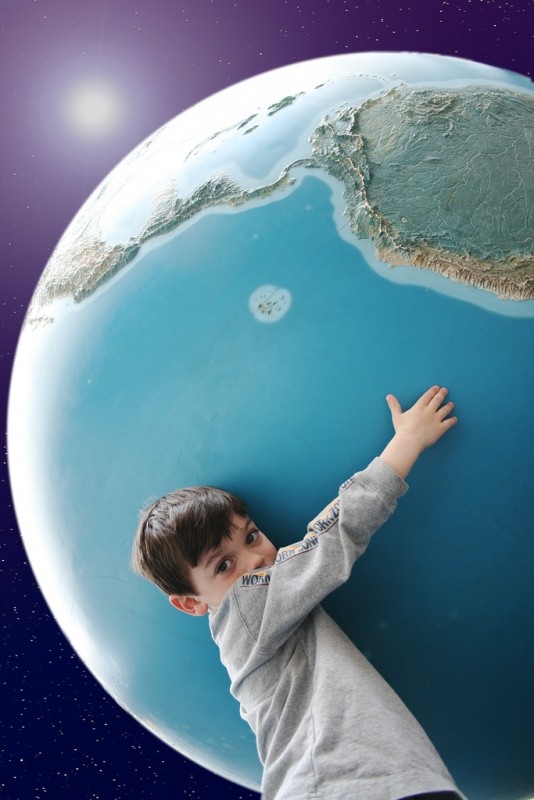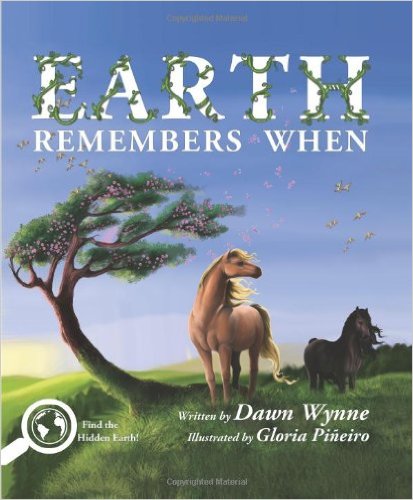 The environmental issues facing our planet are overwhelming. The green movement has been criticized for its doomsday negativity leaving many people feeling hopeless. This is not the message we want to send our children about their future! We need to educate children about the environmental problems we face and their causes, yet we don’t want them to feel despondent.
The environmental issues facing our planet are overwhelming. The green movement has been criticized for its doomsday negativity leaving many people feeling hopeless. This is not the message we want to send our children about their future! We need to educate children about the environmental problems we face and their causes, yet we don’t want them to feel despondent.
Photo credit: woodleywonderworks via Foter.com / CC BY
 Children’s literature is an excellent means to communicate with children about the environment. Environmental literacy is both developmentally appropriate and educational.
Children’s literature is an excellent means to communicate with children about the environment. Environmental literacy is both developmentally appropriate and educational.
We are often sent books to review, and many of them miss the mark. Earth Remembers When is not one of them. Beautifully illustrated, this simple book with fold out pages begins with a rhyming remembrance of a cleaner earth, followed by a statistic on the future and a tip to help save the earth. For example,
I remember when Mount Kilimanjaro had snow
No global warming did we know.
Snow capped mountains were grand and vast
Now merely a sign of the past.
The fold out page contains:
85% of the ice on Mount Kilimanjaro has disappeared since 1912. The remaining ice is expected to be gone in the next 20 years.
Tip: Buy fresh food instead of frozen. Frozen food uses 10 times more energy to produce.
I love when I learn things from children’s books. The tips are simplistic; they are doable by children and families now. This is empowering when the troubles facing our planet are immense and overwhelming. We can all contribute to change.
From best-selling author and award-winning teacher Dawn Wynne, comes Earth Remembers When, a richly illustrated children’s picture book that visually demonstrates how humans affect nature and offers guidelines and solutions for children of all ages to make a positive impact on the environment. This educational, environmental book explores issues such as global warming, healthy eating, plastics in the oceans, and pollution. From oceans to rainforests to the Arctic, children learn how their actions affect the earth. Filled with facts, tips, recipes, and crafts, children will understand how they can help our earth with little changes each day. Perfect for Earth Day or simply to empower children to make a difference.
I think this book’s format and beautiful illustrations could be extended into a homeschool or school project. Children could write and illustrate their own rhyming texts, information, and tips about climate change. Not only can kids learn through environmental literacy, they can create their own!

Photo credit: bionicteaching via Foter.com / CC BY-SA
Through shared reading environmental literacy, we can help children not only learn about the planet’s difficulties and solutions, we can promote reading and language arts. Children learn to read for information and pleasure, as well as turn to environmental literacy as a way to educate and empower. A print rich environment is important for all children both fiction and non-fiction.
Leave a Reply